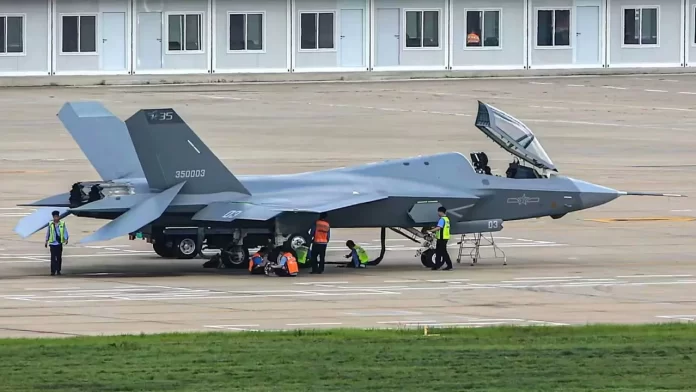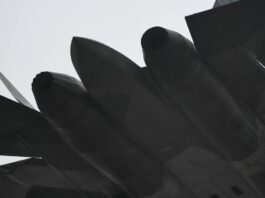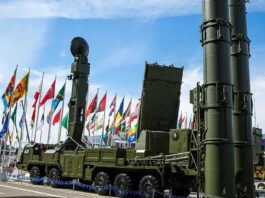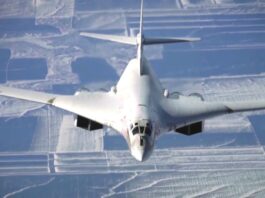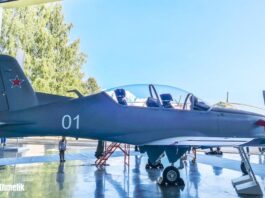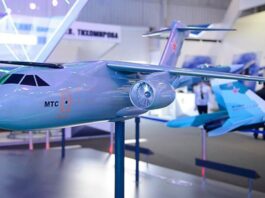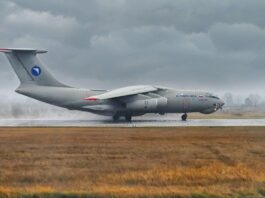With the removal of the No. 3 catapult work shed from the superstructure of the Fujian aircraft carrier, the first sea trial date for the Fujian aircraft carrier is drawing closer. During the sea demonstration, the aircraft carrier Fujian will test the takeoff and landing of fighter jets. After completing the second phase of sea trials and joining the Chinese Navy for training, the third phase will establish combat capability and ultimately achieve a completely operational aircraft carrier, ushering in the era of “three aircraft carriers” for the Chinese Navy.
This landmark event considerably improves the Chinese Navy’s capacity to construct a blue-water fleet, with far-reaching implications for China. The aircraft carrier Fujian is expected to be equipped with new varieties of carrier-based aircraft, including the J-35, J-15T, and KJ-600 early warning aircraft. The most notable is the J-35 carrier-based fighter, essential to Fujian’s offensive and defensive capabilities in open seas.
As the primary carrier-based aircraft for the aircraft carrier Fujian, the J-35 is designed to compete with the F-35C carrier-based aircraft of the United States Navy. This carrier-based aircraft has not been displayed publicly, indicating that the J-35 is likely undergoing rigorous test flights or is approaching deployment. Several J-35 fighters with their wings folded were recently observed at a Chinese training base, indicating significant progress in their development and readiness.
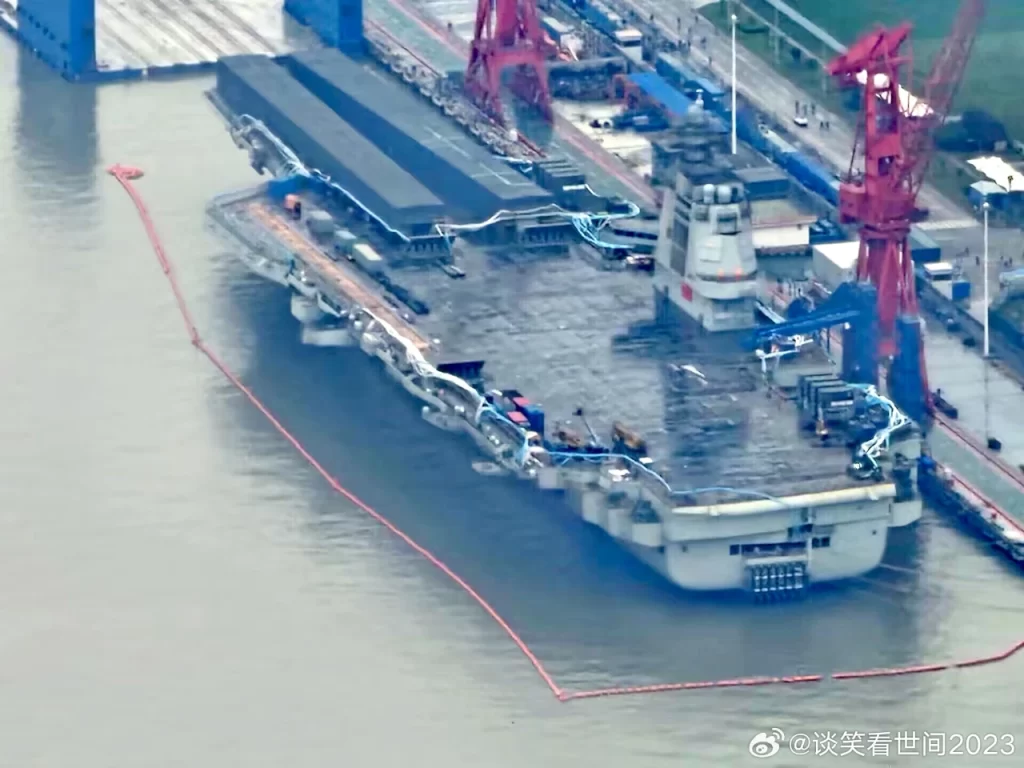
The Shenyang J-15 “Flying Shark” carrier-based aircraft employs a wing folding design. The wings’ folding is accomplished by folding and securing mechanisms. When the J-35 carrier-based fighter is deployed on the Fujian aircraft carrier, it will be equipped with upward-folding wings to reduce the aircraft’s dimensions and allow the Fujian carrier to accommodate a more significant number of carrier-based aircraft. This design provides for more efficient use of deck space and increases the carrier’s operational capabilities by allowing for a larger complement of aircraft.
The J-35 carrier-based aircraft’s folding wings have undergone years of testing and validation, and its overall aerodynamic design has been refined. Once the Fujian aircraft carrier completes its mid- to late-stage sea trials and the electromagnetic catapult and arresting gear systems are completely tested, J-35 carrier-based fighters can perform catapult takeoffs and arrested deck landings. The development process of the J-35 carrier-based aircraft is synchronised with that of the Fujian aircraft carrier, eliminating the need for an aircraft carrier to wait for the arrival of carrier-based aircraft.
Formal Introduction of the J-35 Carrier-based Aircraft
Based on the Shenyang FC-31 fighter, the J-35 carrier-based aircraft is a fifth-generation stealth aircraft. Shenyang Aircraft Corporation has also built a series of fighter aircraft based on the Su-27 platform. Shenyang Aircraft Corporation will reach a major milestone upon officially introducing the J-35 fighter. As a medium-sized stealth carrier-based aircraft, the J-35 possesses stealth capabilities, thanks to the FC-31 stealth fighter’s extensive improvements and upgrades. The Chinese media claims that the 3.0 version of the J-35 stands out among its three variants, as its key performance indicators surpass those of the US’s F-35 fighter, making it a formidable rival for the world’s most advanced stealth carrier-based aircraft.
Although the US Navy’s F-35C carrier-based aircraft entered service before China’s J-35, which is deployed on Nimitz-class aircraft carriers and represents the US Navy’s entry into the stealth era, China’s development of the J-35 carrier-based stealth aircraft breaks the US monopoly in this field.
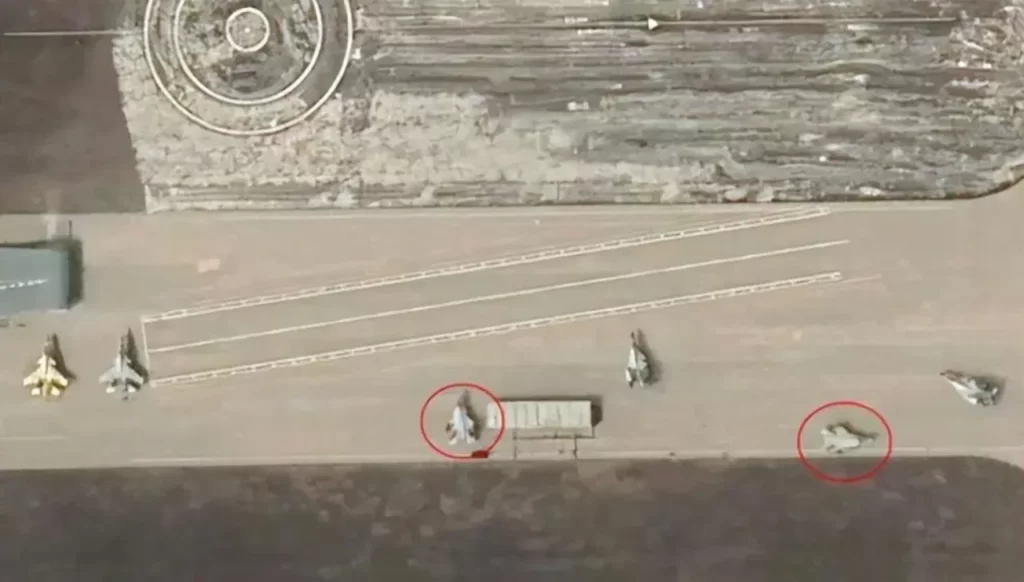
Future competition between the J-35 and the US F-35 carrier-based aircraft in the Western Pacific will be a significant development in naval aviation, with both nations contending for air superiority and demonstrating regional capabilities.
J-35 stealth aircraft and J-15T carrier-based fighters will likely be aboard the Fujian aircraft carrier. It may switch to a hybrid configuration, fielding two squadrons of J-35 stealth aircraft and two squadrons of J-15T fighters for around 48 planes. The J-35 carrier-based aircraft may be used on the Liaoning and Shandong aircraft carriers with modifications. J-35 carrier-based aircraft are expected to be standard on future Chinese aircraft carriers. More evidence is needed to confirm whether or not the J-35 will be carried by the 076-type catapult amphibious assault ship of the future. New Chinese Navy vessel plans are contingent on evolving strategic priorities and technological capabilities.
In addition to the Chinese Navy’s decision to acquire the J-35 carrier-based aircraft, the J-35 fighter will also be operated by the Chinese Air Force. The J-35 fighter will be developed in four versions following the “one aircraft, multiple configurations” plan: the Navy carrier-based version, the Air Force land-based version, the export version, and the vertical/short takeoff and landing (V/STOL) version. This implies that the Air Force version of the J-35 and the Navy version of the J-35 carrier-based aircraft will share operational capabilities and features, such as their active electronically scanned array (AESA) radar.
China is procuring the J-20 stealth aircraft for its Navy and is anticipated to acquire a substantial number of J-35 stealth fighters in light of the complex international environment in the surrounding regions. The Chinese Air Force’s J-35 fleet is expected to surpass the number of J-16 fighters. The J-16, J-11, and J-10 fighters have decent overall performance, but their stealth capabilities are limited. These non-stealthy aircraft may be at a disadvantage against U.S.-made F-35 fighters, whereas the J-35 carrier-based aircraft has no such vulnerability and is better equipped to combat stealthy foes.
